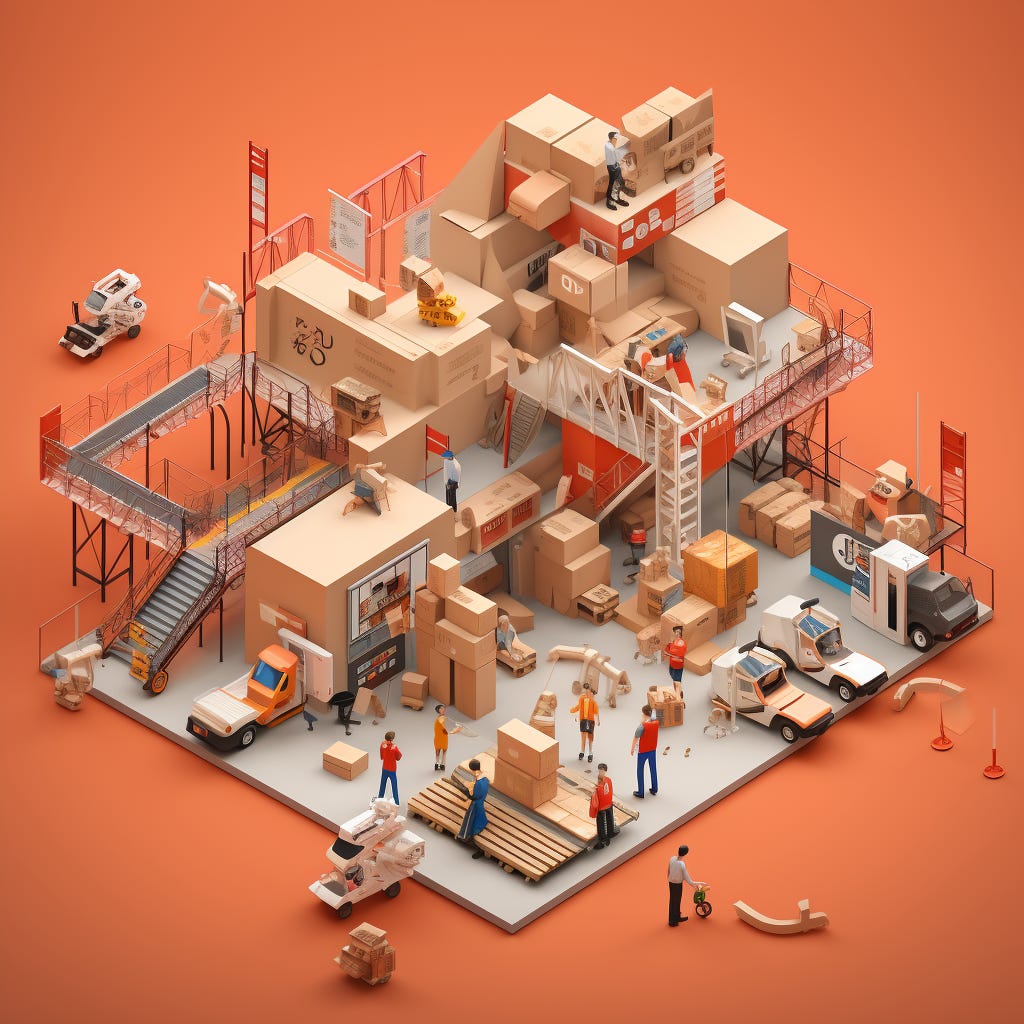
Midjourney - getting confused by too many parcels, just like e-commerce!
This week, I have been doing more IC work than usual. Yep, even though I manage a team, from time to time, I sit in a squad to get discovery and design done. That’s the world of a startup with big ambitions and a small budget!
In the last couple of weeks, whilst getting my hands dirty doing research, I have been thinking a lot about how we have set design in the business and what makes it work. I am not saying it’s perfect, but we have been doing some great stuff that allowed us to double sales and our satisfaction rates from clients and consumers.
I work in a SaaS enterprise business, creating digital returns products. In essence, we enable consumers to return unwanted items to the retailer if they don’t want the items purchased.
The consumer interface, which I am sure any of you has used whilst retaining an item bought online, is a pretty seamless journey, but the experience doesn’t start or finish there. A lot of data is needed to get it started, such as the order number, the product bought, the category and types it belongs to, and when the order happens. I could go on and on.
There’s also a lot of information that the consumer needs after they book the return, such as where to drop off the item, printing information at home or in-store, tracking information, refund, store credit or possibly exchange. Again, there’s a lot to consider.
That’s why when we think about design, we can’t limit ourselves to the simple user experience on the screen. Still, we need to connect the dots before and after it, look at design more holistically and think about how the user experience interconnects with many other parts of the product, mainly the technology behind it. Here are a few main things we have been doing.
Working cross-functionally
One of the most critical parts is working closely with our tech team and genuinely understanding how everything works behind the scenes. I never thought I wanted to understand more about our architecture or APIs, but it turns out that it’s essential to understand our data and how we use it. This allows us to define the user experience and challenge engineers when needed. As designers, we work closely with product and engineering to ensure everything we do is thoroughly thought out from all angles, and it’s not just a series of empty ideas.
Ecosystem mindset
When we work on a feature, we always consider the impact of what we do across the ecosystem that sits within. Any changes we show to consumers wanting to make a return could affect the merchant and the couriers, the tracking, the emails, the drop-off locations and more. It’s never as straightforward, and designers need to consider the impact of every single change.
Research focused
It can be easy to develop an idea, create a design and show it around, gathering claps and appreciation. We all love a good visual. However, designing products is all about solving problems, and the right one! So we have been trying to keep close to research, taking part in discovery and asking annoying questions to get deeper into problems. We have been testing our ideas by conducting remote usability testing and evaluating our assumptions and designs. We even conduct contextual enquiries in multiple countries to see our products as closely as possible.
Since I started to work in a SaaS enterprise business, I have been thinking much more about how we create ways of working that can speed up the work and ground designs into reality, focussing on customers as much as taking care of the entire ecosystem we are responsible for. Again, nothing is perfect and might never be, but the more we look at what we do, the more we can evaluate what works and what doesn’t.
